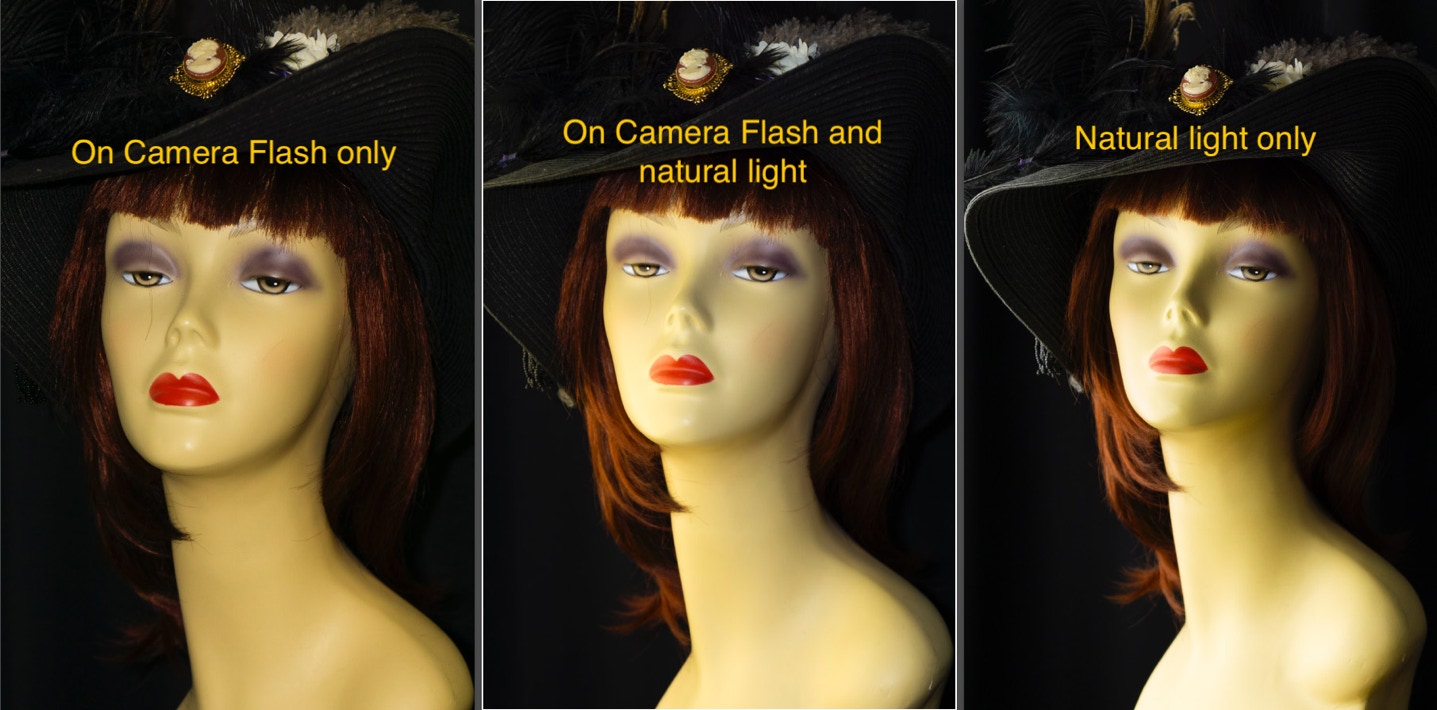If you’ve been following along, you’ll know that one of the properties of light is quantity — how much light is available in the scene you’re trying to photograph. (If this doesn’t sound familiar and you’d like to learn more about the properties of light, go check out the post titled On Light.) Photographing in low-light conditions can range from difficult to impossible, depending on how little light you’re working with and whether or not you have any specialized equipment than can help compensate. There is, of course, flash photography, and it’s not a new concept. In the mid-1800s, photographers would light off fast-burning chemicals to illuminate their subjects. Thrilling perhaps, but not too reliable … and more than a bit dangerous.
Thankfully, the technology has evolved quite a lot since then, but even modern flash equipment doesn’t always give you pleasing results. In my world, there are two kinds of flash equipment: those that can make pretty light and those that can't. I guess you may be mostly dealing with the latter. A flash promises to make light to help with the exposure. It does not guarantee that it's going to be pretty. So if you do practice flash photography, you may just need to knock down your expectations some.
That being said, though, you can use your flash to help with your photos. If you look at your camera’s flash, there are basically two different types you may see. If your flash is always on your camera and pops up to enable you to use it, that’s called a built-in flash. If your flash slides into a receptacle on the top of your camera (called a hot-shoe), that’s an on-camera flash. Both of them are very small and, in my humble opinion, at the wrong location to light your subject nicely.
If either a built-in or an on-camera flash are used as the main light source of light to illuminate your scene, your image will look like a typical 'flash' photo. I hate those. The light is a bit harsh and a bit flat. It will document the scene, but it will not produce an image that will make someone think “what a great photo!”

If you use a built-in or on-camera flash in combination with the existing light, however, the results can be quite pretty. I love those.
Let me tell you how to do it:
If you have taken our Photography 1 course, you will know how to get the correct exposure mode for the scene you are about to photograph. (And if you haven't, you can learn more about it at Photography-1). Get your settings of ISO, Aperture and Shutter Speed as you would normally do. You can even underexpose to make the picture a little more moody. You’ll know your photo is underexposed when you see that the needle on your light meter is somewhere left of zero when you look through the viewfinder.
Now turn on your built-in or on-camera flash and set it to fully automatic (something like ETTL or some such). Your flash will now try to light the scene, filling in mostly the area that is closer to the camera. If the background that is lit by the existing light is not too dark, the photo can actually be quite pretty. Go try it. It may need some experimenting, but it will be so worth it.
